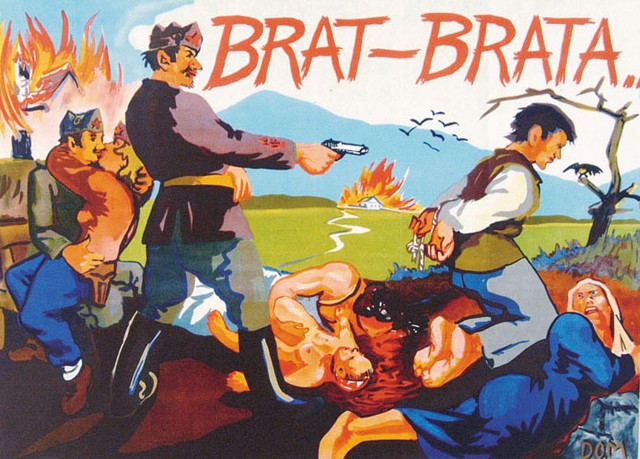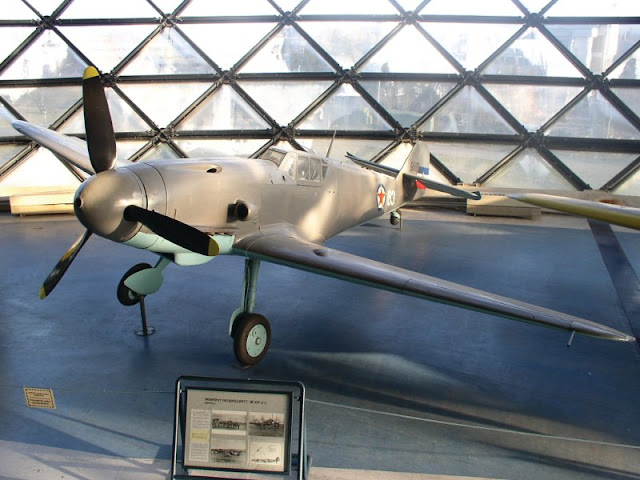The ZSU-57-2 in service of the Yugoslav People's Army

The ZSU-57-2 (Ob'yekt 500) is a Soviet self-propelled anti-aircraft gun (SPAAG), armed with two 57 mm autocannons. 'ZSU' stands for Zenitnaya Samokhodnaya Ustanovka (Russian: Зенитная Самоходная Установка), meaning "anti-aircraft self-propelled mount", '57' stands for the bore of the armament in millimeters and '2' stands for the number of gun barrels. It was the first Soviet mass-produced tracked SPAAG. In the USSR it had the unofficial nickname "Sparka", meaning "pair", referring to the twin autocannon with which the vehicle is armed. Croatian ZSU-57-2 in Vukovar war museum During 1945 was made a smaller amount of the new self-propelled vehicle ZSU PA-37, which was based on a self-propelled vehicle SU-76m, such as the armored turret body mounted to open one gun K-61, 37 mm caliber. This weapon has retained all the bad characteristics of SU-76M, above all, not strong and unreliable engines. The total has ...




